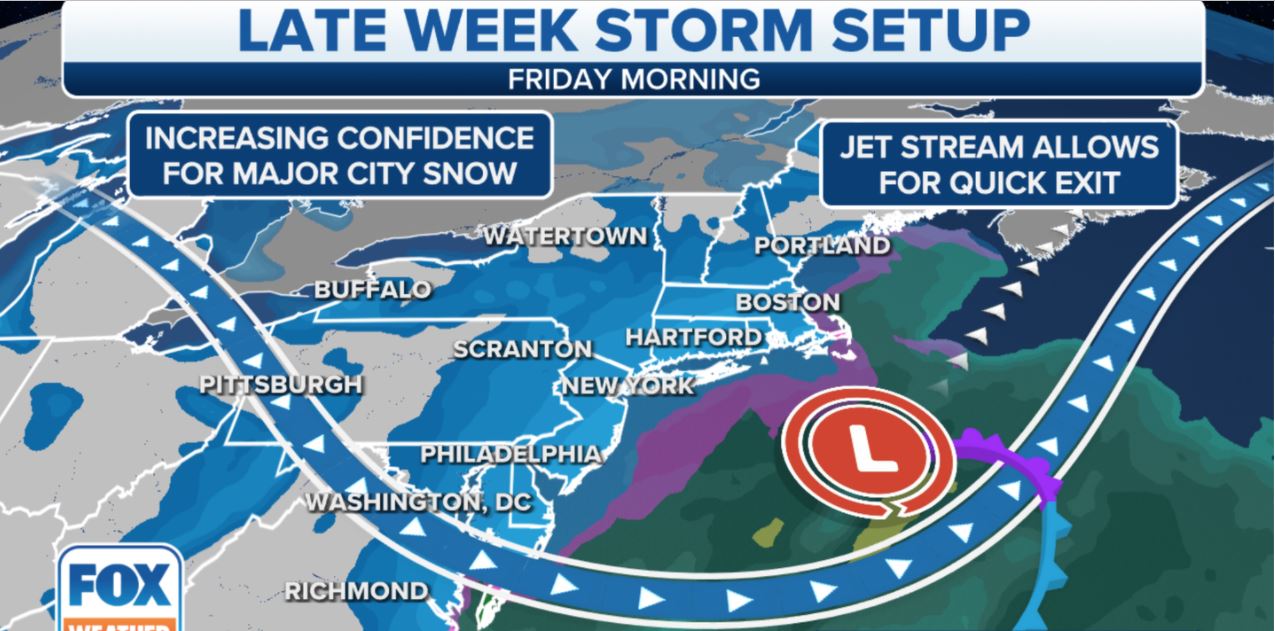
By Adrees Latif
GALVESTON, Texas (Reuters) – Hundreds of thousands of homes in Texas are coping without heat for a fourth day on Thursday after utilities made some progress restoring power, as the state’s leaders came under mounting criticism for their response to the winter storm.
The crisis facing the country’s second-largest state looked set to continue, with millions of people still without access to water, many struggling to find food, and freezing temperatures expected to last through Saturday.
Judge Lina Hidalgo, the top elected official in Harris County, which encompasses Houston, said the number of homes without power in her county had fallen to 33,000 from 1.4 million a few nights ago.
“It’s definitely a big positive that the power is back on for most of the residents,” Hidalgo said in an interview. “It’s been a miserable few days, a really tragic few days.”
Hidalgo warned that a “hard freeze” Thursday night could cause setbacks and encouraged donations to food banks with some residents struggling to secure food and water. She noted reports of senior centers and other vulnerable communities lacking basic supplies.
At present some 447,000 Texas households were without power, down from around 2.7 million on Wednesday, according to poweroutage.com, a website that tracks outages.
The Electric Reliability Council of Texas (ERCOT), a cooperative responsible for 90% of the state’s electricity, said on Thursday it made “significant progress” in restoring power. It did not provide detailed figures.
Angry residents have trained much of their ire on ERCOT, which critics say did not heed warnings after a cold-weather meltdown in 2011 to ensure that Texas’ energy infrastructure, which relies primarily on natural gas, was winterized.
Critics have also raised questions about the leadership of Texas Governor Greg Abbott, who has called for an investigation of ERCOT. U.S. Senator Ted Cruz too came under fire for flying to the Mexican resort city of Cancun with his family, despite the storm’s fallout. The Republican lawmaker cut his trip short after his travels were reported, saying he would return to Texas and “get to the bottom of what happened” in his state.
Gary Southern, a 68-year-old real estate broker from Mineral Wells, Texas, said his power was restored on Wednesday afternoon, enabling him to have his first solid night of sleep since he lost electricity in the early hours of Monday.
“It was one of the worst things we’ve ever had to go through,” the lifelong Texan said, adding that he was frustrated at being told there would be rolling blackouts, only to go days without power at all. “I know a lot of people in our community still don’t have it (power) and are frustrated.”
The lack of power has cut off water supplies for millions, further strained hospitals’ ability to treat patients amid a pandemic, and isolated vulnerable communities with frozen roads still impassable in parts of the state.
As of Thursday morning, 154 of the 254 counties in Texas have reported disruptions in water service, affecting 13.2 million people, according to the Texas Commission on Environmental Quality. Many of those affected have been told they need to boil their water.
The Federal Emergency Management Agency (FEMA) said historically low temperatures were hindering efforts to inoculate people against COVID-19, with more than 2,000 vaccine sites in areas with power outages. In addition to aiding Texas, FEMA said on Thursday it would provide assistance to the neighboring state of Oklahoma due to the weather’s impact on its power grid.
Nearly two dozen deaths have been attributed to the cold snap. Officials say they suspect many more people have died – but their bodies have not been discovered yet.
In Galveston on the Gulf Coast of Texas, a pop-up shelter with heat but no running water had allowed about three dozen people to huddle overnight before they were ushered back out into the cold on Thursday morning to let cleaning crews get it ready to do it all over again on Thursday night.
“When you go to the bathroom, grab a bucket of water to clear the toilet – we’re going old school!” Cesar Garcia, director of Galveston’s Parks and Recreation Department, called out as he oversaw scrubbing of the shelter set up in the McGuire-Dent Recreation Center.
Garcia said he was bracing for a potentially bigger crowd tonight, perhaps closer to the 100 who sought shelter on Monday night, sleeping on bleachers or a gymnasium floor with blankets and whatever they brought with them from home.
“Tonight being the coldest night, we don’t know what to expect,” Garcia said.
While the icy conditions should gradually improve, record low temperatures will likely persist in the South Central region of the United States through Saturday, according to the National Weather Service said, which said the storm was moving northeastward, dropping snow on a swath of states in its path.
(Reporting by Brad Brooks in Lubbock, Texas; Barbara Goldberg in Maplewood, New Jersey; Nathan Layne in Wilton, Connecticut; and Jonathan Allen in New York; Editing by Leslie Adler and Jonathan Oatis)












